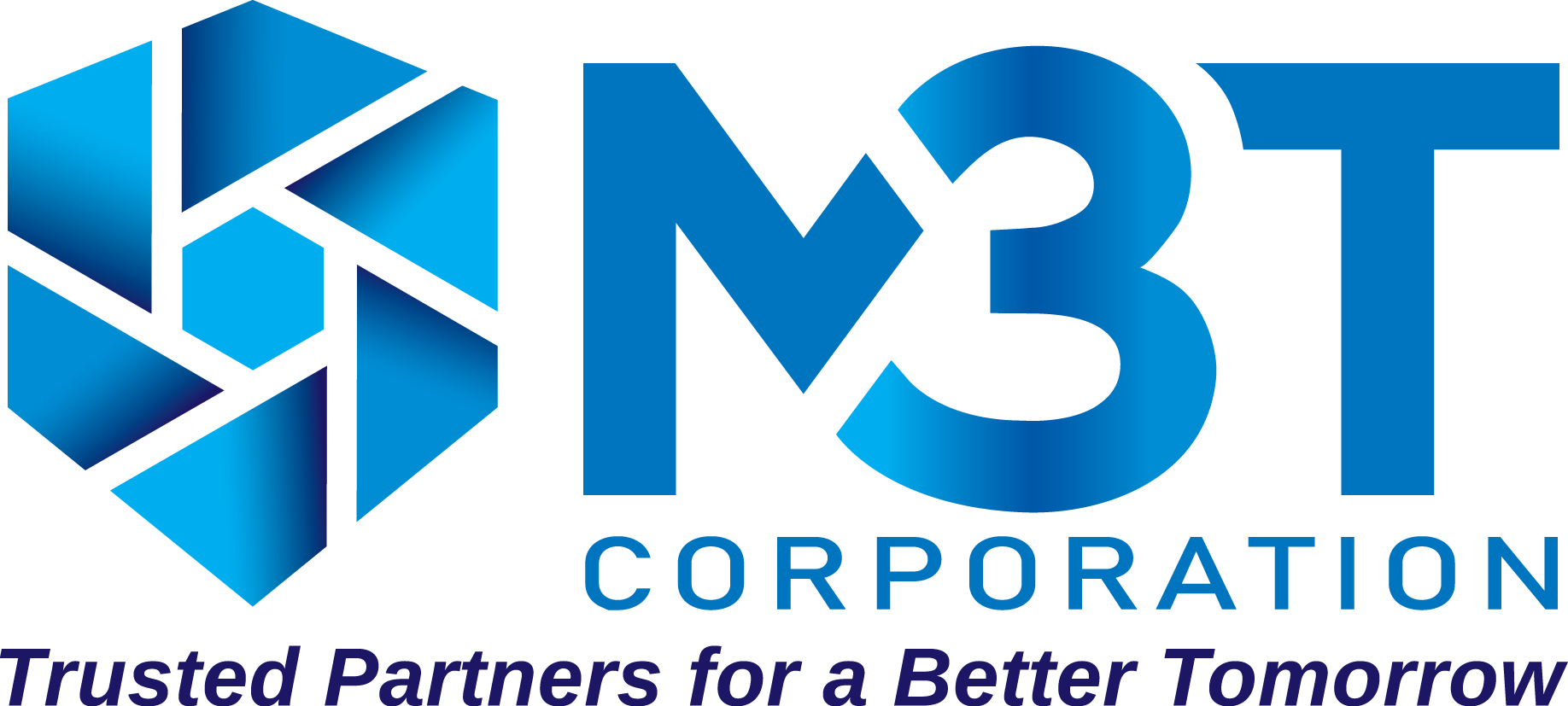Don’t Stand Still… Grow and Change!
Someone once said that “In business, if you are not growing, you’re standing still, and if you’re standing still, you’re falling behind.”
That remark was referencing the fact that a business entity must be in constant pursuit of growth opportunities whether it is growth in the customer base, growth in product lines, or growth through technological innovation.
If a business is standing still, the competition will be gaining and passing it.
Successful business growth and expansion depends on a number of factors beginning with recognizing a need. That need could be an unfulfilled requirement of a client, a need within the organization, or a need due to environmental changes.
It is also important to recognize when to pull back and regroup when business is not moving in the intended direction it was meant to go.
It should be noted that in today’s business environment the need for change is almost constant and is to be expected.
As change occurs it places increased pressure on individuals and organizations to adapt. Such change can result in increased stress, higher costs, and altered behaviors.
But the outcome could, or should, result in improvements to operations, better teamwork, improved efficiency, better client service, and thus gaining a competitive edge.
Change for the sake of growth must take into account some of the following aspects:
- Market receptiveness—is there a need, a demand for new products or services?
- Technological feasibility—does the technology exist and can it be successfully implemented in a client’s operation; thus fulfilling a need and providing added value?
- Economic viability—what are the costs to provide? Will the providing organization be able to bear the start-up costs, and will the client be willing to pay the price?
- Competency—does the serving organization possess the competency to provide something new or is extensive retooling and training needed? How much training/retooling may be required of the user or client? How will it be provided?
- Organization—Is both the providing organization and the client organization able to implement and manage the cultural changes resulting from changes to processes, products, and services?
- Planning—Is it necessary to ensure that an orderly transition takes place whether it is to sustain growth or to effect change?
Growth and change are accomplished essentially by people–those within an enterprise as well as those who could benefit from the activity of the enterprise.
In order for growth and change to occur, leadership and management must “own” the transitional elements and the events and activities that will foster the necessary cooperation which will, in turn, enable growth and/or change to take place. Such things as:
- Education and communication—affected people both inside and outside the organization must be able to understand the necessity, nature, and logic of the action.
- Participation and involvement—enterprises and people affected by an action should provide input into the action that will impact them and the future of the organizations they represent.
- Facilitation—training, support, and other resources will be needed to carry out growth and change given the new circumstance.
In all of the above discussion, there is an important factor that cannot be ignored:
The organization’s clients should be kept aware of what is occurring in the serving organization so that no one can claim to be blindsided by alterations in business practices or strategy.
As in most aspects of life, people want to know what is happening and have some voice in it.

Jason Elder
Estimating & Account Manager Teams Supervisor
